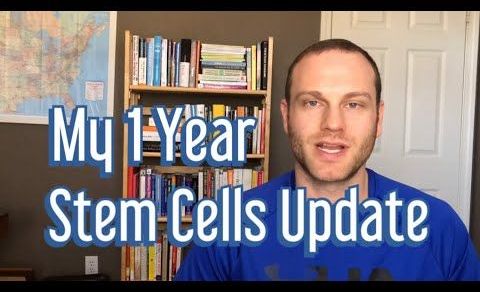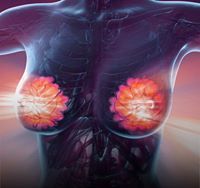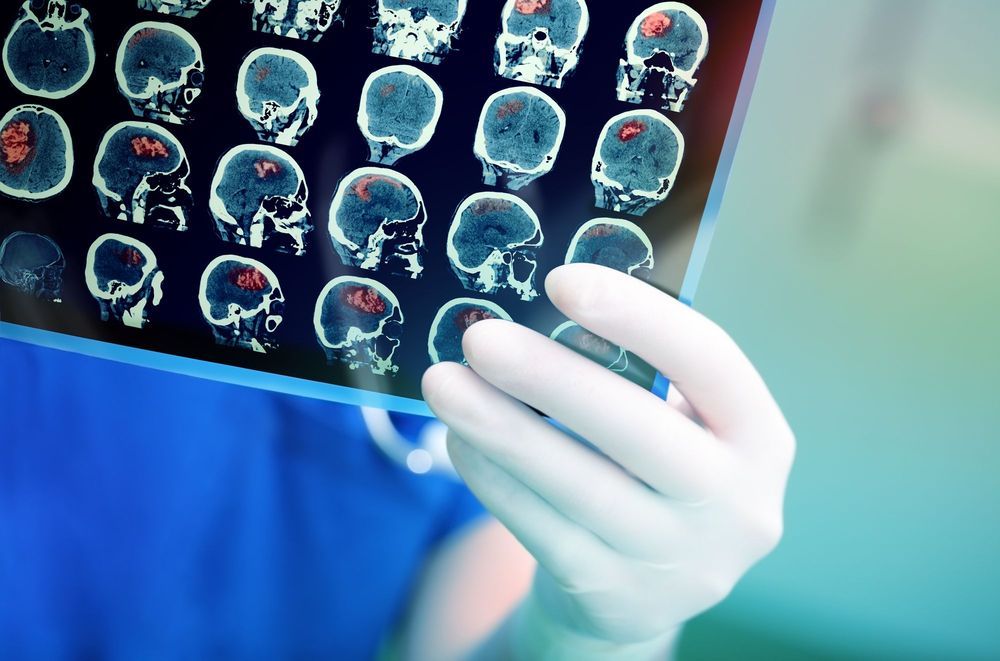Archive for the ‘biotech/medical’ category: Page 1876
Jan 3, 2020
Ransomware attack takes US maritime base offline
Posted by Quinn Sena in categories: biotech/medical, cybercrime/malcode
A computer virus forced a US maritime base offline for more than 30 hours, the country’s coast guard has revealed.
Ransomware interrupted cameras, door-access control systems and critical monitoring systems at the site.
The agency did not reveal the name or the location of the facility targeted by the attack.
Jan 3, 2020
50 Year Lie: Sugar industry blames fats
Posted by Philip Raymond in categories: biotech/medical, business, economics, education, ethics, food, health, science
Whenever someone refers me to a story with alarming facts that should surprise or outrage any thinking human, my spider-sense is activated. Does the story make sense? Is it plausible? If the message contains evidence of being repeated (or forwarded to more than two friends), then whatever is claimed is almost certain to be false.
If the subject is important to me—or if there is any chance that it might influence my view of the world, I check it at Snopes. The reputable web site confirms or debunks many urban legends and all sorts of viral web hype.

You never know what you might learn at Snopes. You can easily be lured into a rabbit hole, digging into the site beyond whatever prompted your visit in the first place.
Fact-checking can be fun! For example:
Continue reading “50 Year Lie: Sugar industry blames fats” »
Jan 3, 2020
Experts: Oversight needed for safety, efficacy of nutritional supplements
Posted by Paul Battista in categories: biotech/medical, food, life extension
VITAMINS-Nutrients have long been described as healers-Life extending amino acids-chemicals… As has been done in the past holds true presently. There are trained professionals who for one reason or another attack the vitamin industry.
(Many claiming that vitamins do nothing and are washed from the body???)
How then did niacin extraction and synthesizing and being put into foods help end many sicknesses??? Yes Niacin is listed as a vitamin and a medicine…
Continue reading “Experts: Oversight needed for safety, efficacy of nutritional supplements” »
Jan 3, 2020
“We’re working on a cure for the grandest disease on the planet: biological ageing”
Posted by Paul Battista in categories: biotech/medical, information science, life extension

The great Elizabeth Parrish on ageing the most sinister disease on earth… I hate it when words are used to make aging sound like a normal sickness or a great sickness, Such as grandest??? Or most Important disease??? The decomposer disease that Woman-man has called natural aging all these years has been in reality a clandestine plague so complicated yet so easily seen by the naked eye if certain scholars-textbooks do not get in the way…
Aging is The Eukaryotic Cellular pandemic plague AEWR has named the Senesonic-Sensonic plague. A disease that causes all of our cells to age nearly at the same rate causing our cells to have to regenerate the day long or the body drops.
Jan 3, 2020
Delivering TB vaccine Intravenously dramatically Improves Potency, study shows
Posted by Paul Battista in categories: biotech/medical, genetics
Worldwide, more people die from tuberculosis (TB) than any other infectious disease, even though the vast majority were vaccinated. The vaccine just isn’t that reliable. But a new Nature study finds that simply changing the way the vaccine is administered could dramatically boost its protective power.
Researchers at the University of Pittsburgh School of Medicine and the National Institute of Allergy and Infectious Diseases (NIAID) discovered that intravenous TB vaccination is highly protective against the infection in monkeys, compared to the standard injection directly into the skin, which offers minimal protection.
“The effects are amazing,” said senior author JoAnne Flynn, Ph.D., professor of microbiology and molecular genetics at the Pitt Center for Vaccine Research. “When we compared the lungs of animals given the vaccine intravenously versus the standard route, we saw a 100,000-fold reduction in bacterial burden. Nine out of 10 animals showed no inflammation in their lungs.”
Jan 3, 2020
My 1 year Mesenchymal Stem Cells Update
Posted by Montie Adkins in categories: biotech/medical, bitcoin

My mission is to drastically improve your life by helping you break bad habits, build and keep new healthy habits to make you the best version of yourself.
- Please consider donating: https://paypal.me/BrentNally or my Bitcoin Cash (BCH) address: qr9gcfv92pzwfwa5hj9sqk3ptcnr5jss2g78n7w6f2
Continue reading “My 1 year Mesenchymal Stem Cells Update” »
Jan 3, 2020
PostHuman — What does it mean?
Posted by Brent Ellman in categories: biotech/medical, nanotechnology, robotics/AI, transhumanism
We often hear this word used in Transhumanist (H+) discussions, but what is meant by it? After all, if H+ is about using scitech to enhance Human capabilities via internal modifications what does it mean to go beyond these? In the following I intend to delineate possible stages of enhancement from what exists today to what could exist as an endpoint of this process in centuries to come.
Although I have tried to put it in what I believe to be a plausible chronological order a great deal depends on major unknowns, most especially the rapidity with which Artificial Intelligence (AI) develops over the next few decades. Although AI and biotech are at present evolving separately and in parallel I would expect at some point fairly soon for there to be a massive crossover. Exactly how or when that might happen is again a moot question. There is also a somewhat artificial distinction between machines and biology, which exists because our current machines are so primitive. Once we have a fully functioning nanotechnology, just like Nature’s existing nanotech (life), that distinction will disappear completely.
Jan 3, 2020
Breast Cancer Vaccine Has Eliminated Cancer In Its First Human Patient
Posted by Paul Battista in category: biotech/medical
Previous versions of a vaccine that Mayo Clinic was working on were a lot more invasive than their current one. This shot is administered easily and requires no special bells and whistles.
“It’s supposed to be just off the shelf, kind of similar to when you get the flu shot or pneumonia shot,” Chumsri said.
The team is working on vaccines for every stage of breast cancer. They’ve already started using this vaccine on two new patients, and they are looking for additional trial subjects. If you’re interested in being a part of the next trial at the Mayo Clinic, you can search through your options here.
Jan 3, 2020
Brain imaging breakthrough predicts Alzheimer’s decline in early stages
Posted by Paul Battista in categories: biotech/medical, neuroscience
Utilizing a recently developed brain imaging technique new research suggests that measuring accumulated levels of a protein called tau may predict future neurodegeneration associated with Alzihemer’s disease. The discovery promises to accelerate clinical trial research offering a novel way to predict the progression of the disease before major symptoms appear.
Exactly what occurs in the human brain during the earliest stages of Alzheimer’s disease remains quite a mystery for dementia researchers. While studies have homed in on several pathological signs signaling moderate to severe cases of Alzheimer’s, it’s still unclear what the initial triggers for the disease are, and without this vital information scientists are struggling to generate effective drugs and treatments to slow or prevent the disease.
The two big pathological signs of Alzheimer’s most researchers agree on are accumulations of amyloid and tau proteins in the brain. Abnormal aggregations of amyloid proteins, into what are referred to as plaques, are generally considered to be the primary causative mechanism behind Alzheimer’s. Masses of misfolding tau proteins, forming what are known as neurofibrillary tangles, are also seen in the disease.














